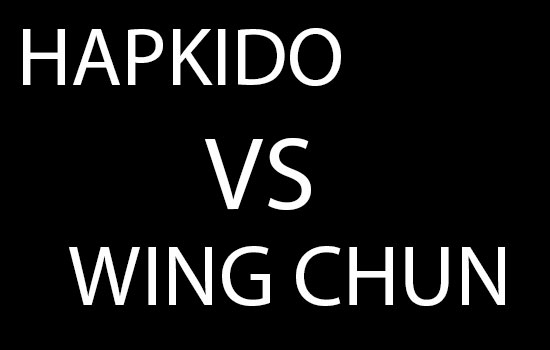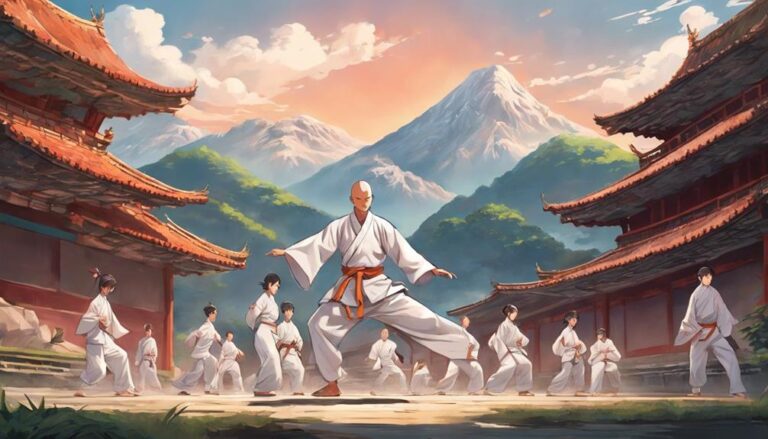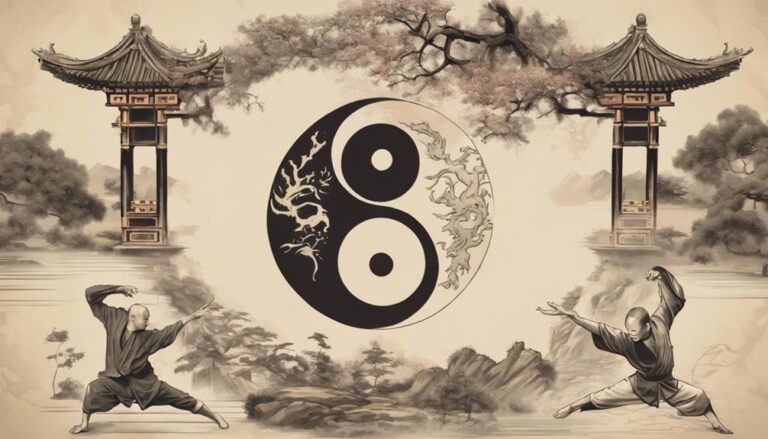Martial art is not new to us. You might have heard of it or even trained. The popularity of martial arts rose when it was recognized as a form of exercise. Now even the people who didn’t feel the need to learn self-defense had a reason to learn martial arts.
Martial arts skills come in handy when facing various challenges in life, both psychological and physical. Wing Chun is a form of martial arts.
Contents
What Is Wing Chun?
It is a traditional kung fu style with its roots in southern China; its refinement took place in Hongkong. It utilizes close combat techniques like quick punches and kicks. This makes it appear impressive and has also made it very popular.
Is Wing Chun Effective In Self-Defense And Real-Life Combat?
A Wing Chun expert can simultaneously use both offensive and defensive techniques comfortably. In any form of martial arts, your understanding of the techniques is what determines your ability to use them in real-life scenarios.
Martial arts forms defer ineffectiveness but the best advice is to select one that fits your needs. Consider the nature of situations you will come across. Bar or street fights are more common. They are characterized by aggression and with the opponent getting closer to attack.
Wing Chun is very ideal for this kind of scenario due to its ability to deliver fast kicks and punches. No matter how close an attacker can be they will not be able to outmaneuver you if you use Wing Chun correctly.
What Makes Wing Chun Effective?
Many people describe Wing Chun in poetic terms due to its swiftness and flow. There is more to it than what meets the eye, many factors come into play for Wing Chun to be as effective as it is said to be.
There are several aspects of this form of martial arts that makes it ideal for self-defense and combat.
1. Balance
Wing Chun practitioners rotate their form and use gravity to their advantage when generating force.
This is done with careful precision to ensure careful control of the center of mass. With the force generated, one can deliver impressive strikes employing limbs.
One is bound to displace its center due to gravity, but this only happens in the up-down direction.
To achieve effective strikes and defense one has to rotate the hips and torso. The purpose of the rotation is to allow the user to accelerate weight and remain firmly on two feet without center balance getting dispensed.
This produces both powerful and wholly balanced energy. You need to stand your ground as you deliver blows and not fall when struck in any fight. The balance capabilities offered by Wing Chun serve this purpose correctly.
2. Direct
The first thing they teach in a Wing Chun self-defense class is how to unbalance the attacker’s center. This is practically possible without delivering any blow on the opponent.
The trick is to never let any blow hit you. Redirect the limbs carefully and trap (deflect) them.
Do not try any move you are unsure of. Also try as much as possible not to lean your torso, shift your weight between feet, or twist your hip. Avoid being stiff, and remain relaxed and pre-emptive. This way you will be able to stand your ground correctly.
Wing Chun encourages better structure and less nervous behavior. Relaxed muscles are not only more reactive but more effective compared to tense muscles.
3. It Encourages Creativity
Wing Chun students are encouraged to attune themselves to their surroundings during a confrontation.
Staying alert to the movement of the attacker will raise your chances of defeating them. Make their force and energy work against them.
An example is when your arm is pushed to one side, you are more likely to punch faster and more strongly in the opposite direction.
Wing Chun focuses on attacking the opponent’s center using the least possible energy and motion.
4. Use Of Distance To Your Advantage
You will notice Wing Chun practitioners like to be close to their opponents. This is due to the nature of the technique.
The closeness to the opponent increases the effectiveness of your blows and kicks. This way you get to disarm them in time and pin them down. Even against armed opponents, Wing Chun is still deadly.
What Are The Brilliant Aspects Of Wing Chun?
- The way this form of martial arts is designed, anyone can learn and use it.
- Its Technical Structure
- Wing Chun uses strategic defense and trapping. The goal is to jam or trap the attacker’s limb to buy enough time to strike.
- Unlike ordinary fighting methods that rely on muscular strength, wing Chun relies on the alignment of the body’s bones too. The size of your opponent will not be a disadvantage.
You Learn How To Simultaneously Offend And Defend
In Wing Chun, every offense is accompanied by a defense. As you strike, you are also blocking. Imagine defecting an incoming strike by cutting the exact angle it comes in on, that is what Wing Chun is about. With self-defense skills like these, no opponent is too strong.
Trapping As A Self Defense Mechanism Is Quite Effective
With an opponent close, trapping is the ideal technique to use. Trapping is recognized as a mechanism for self-defense worldwide.
The objective is to stop the attacker from defending a strike. The ways to trap include smacks, pulls, and jerks. Do these while striking at the same time.
You Learn How To use two hands against one
Not many schools teach this so, try one that does. It is a defense technique that aims at keeping you in a position outside so you can attack your opponent’s one hand with your two.
A very common style is where you attack the opponent on the outer arm by first moving outside. This is followed by a pull or jam, accompanied by a surprise strike.
Bottom Line
Whether for self-defense or offense, Wing Chun is a very effective form of martial arts. Correct training and application result in excellent outcomes. Remember the effectiveness of a technique lies in its usage, so train hard.
With the fast and powerful strikes delivered by Wing Chun practitioners, attackers have never had an easy time. Get enrolled in your nearest martial arts school and ask the master about Wing Chun.





